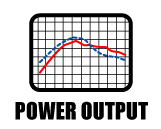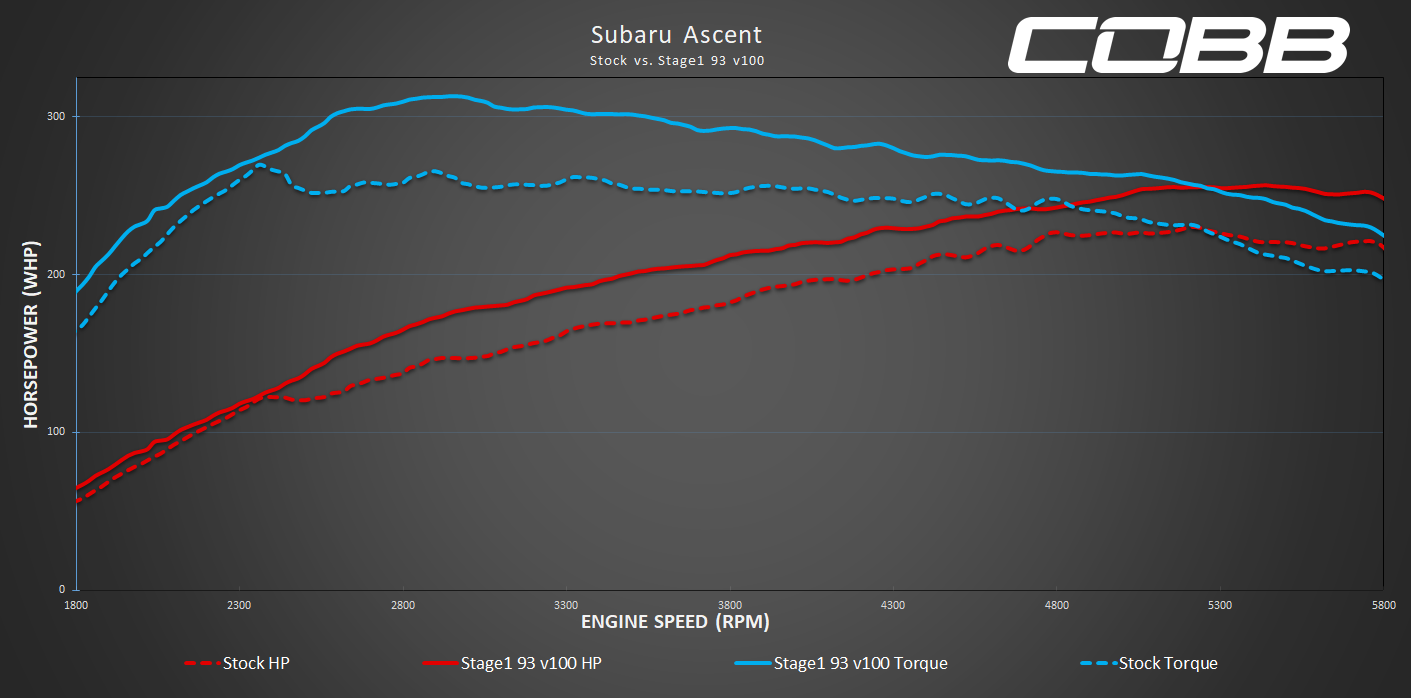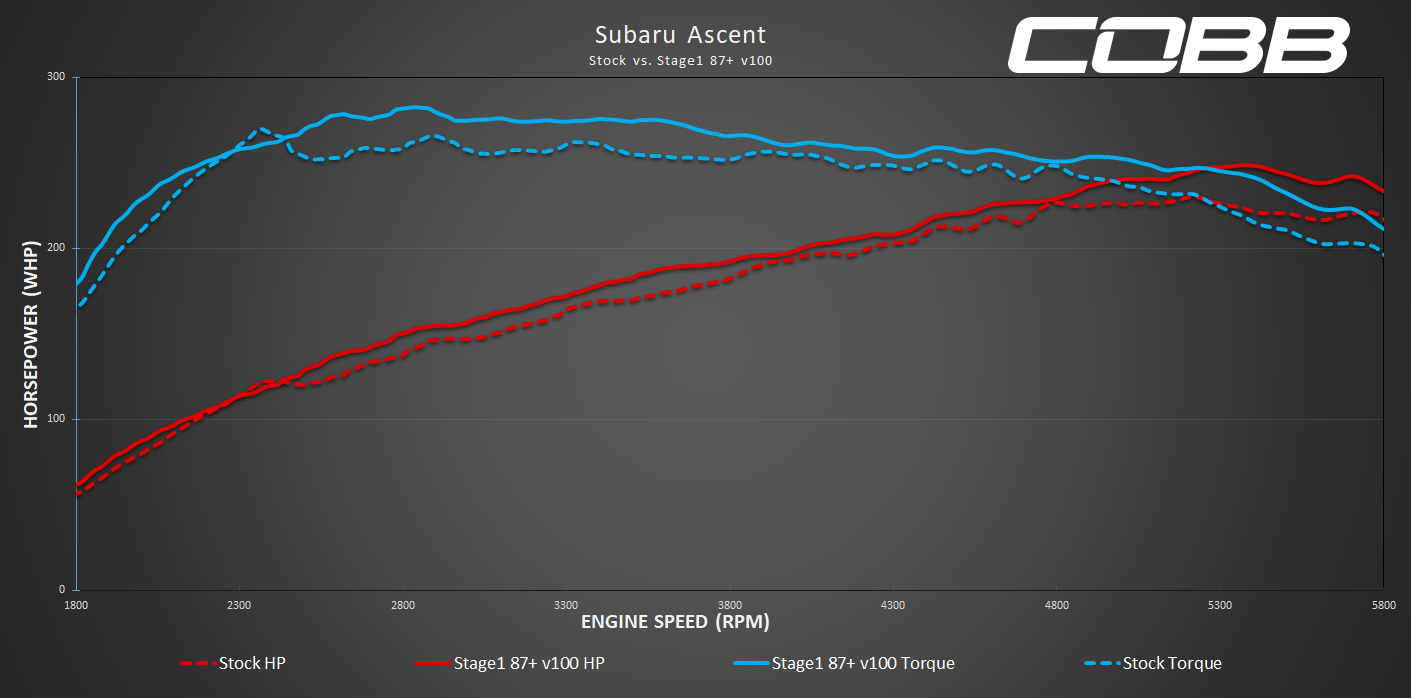Map Notes for Ascent
Supported Vehicles:
- Model year 2019-2022 Ascent
Current Map Revision:
North American 2019-2022 Ascent performance maps | North American 2019-2022 Ascent non-performance maps |
|---|---|
|
|
Accessport Firmware:
- AP3-SUB-005: 1.7.4.2-21063
Monitoring Boost Levels:
The best way to determine if you are hitting target boost is to watch the TD Boost Error parameter. This parameter is your target boost (including altitude and temperature compensations) minus your actual boost (negative values mean you are over the target by the amount while positive values mean you are under). The monitored value will bounce around, but ideally you want this value to average between -1.0 to 1.0 at wide open throttle (WOT). Keep in mind however that due to turbo size and efficiency the amount of boost pressure will gradually decerase as you approach redline. Overboosting has been reduced from the stock tune, but may still occur to some extent during abrupt throttle transitions and shifts. Throttle closure and overboost fuel cut measures are in place IF boost starts approaching safe limits.
High Altitude:
A quick note for those of you that live at higher altitudes: it is common for turbocharged cars at higher altitudes to run less boost pressure due to lower air pressure and air density. Your turbocharger has to work harder to compress a less dense air mass compared to the same turbocharger at sea level. This must be factored in when determining if your turbocharger is running the proper amount of boost pressure and not being pushed beyond its efficiency range.
There are barometric compensations within the factory ECU that adjust boost targets as you climb in altitude in an effort to keep the turbocharger in its optimal range. The COBB performance maps have tuned these compensations and therefore, it is perfectly normal for boost target to be change as barometric pressure changes.
Revision Notes:
v111 - Fixed issue with 2021-2022 Economy Mode maps and uprevved others for parity
v110 - Support Released
Copyright 2025 © COBB Tuning Products LLC. All Rights Reserved. | www.cobbtuning.com



